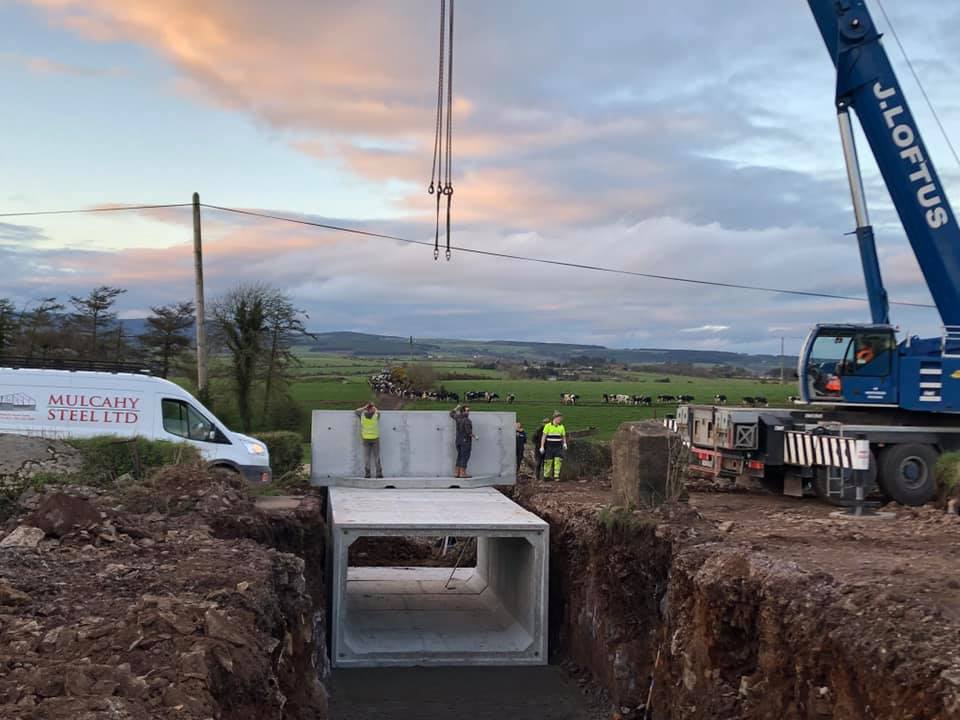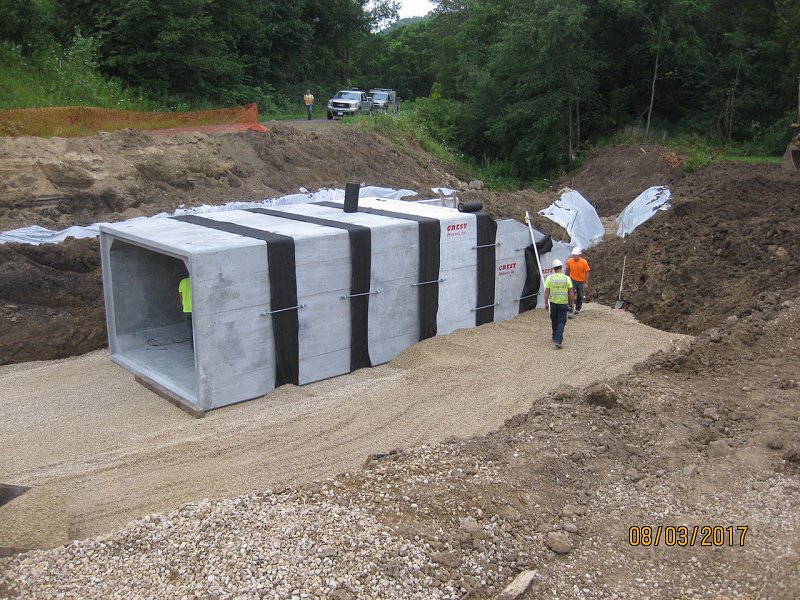
Finite element (FE) models were developed and calibrated using field load test results. Field live load tests were conducted by driving a loaded truck over some culverts at slow speed while recording data at the critical locations of these culvert.

The gross weight and axle spacing of these trucks play an important role on the performance of the buried culverts where the culvert is covered with shallow fill heights. The results from the numerical modelling are in agreement with the field measurements.Buried culverts have been in service more than half a century and their age raises questions about their reliable serviceability for the new standard vehicles. The last measurements were taken in 2015. The long term observations of earth pressure and deformation for more than 25 years show that the method using geofoam is stable over time. Whereas the earth pressure is reduced to less than 50% of the calculated overburden in case of silty clay fill. The use of geofoam effectively reduces the vertical earth pressure, and long-term observations shows that the earth pressure is reduced to less than 30% of the calculated overburden in case of granular fill. The instrumentation consisted of hydraulic earth pressure cells, deformation and temperature measurements. The long-term observations of earth pressure and deformation are presented, and compared with a simplified design method and finite element modelling using the finite element program, Plaxis 2D for the box culvert. The third instrumented structure is a concrete box culvert with width 2.0 m beneath 11 m of silty clay.

The second full-scale test is a concrete pipe with diameter 1.71 m beneath a 15 m high rock-fill embankment. The first instrumented culvert is a concrete pipe with diameter 1.95 m beneath a 14 m high rock-fill embankment.

The method involves installing a compressible inclusion (EPS Geofoam) above rigid culverts in order to reduce the vertical earth pressure. The culverts were built and instrumented during the period 1988–1992. Three instrumented full-scale tests using geofoam (expanded polystyrene) for load reduction on buried rigid culverts are described.


 0 kommentar(er)
0 kommentar(er)
